
There is no question that the Zeiss 55mm F1.4 Otus Distagon T* represents a significant optical achievement. But more than once, as I placed it on my tripod mounted Sony A7R — feeling like a ceramics collector who with one slip loses a $4,000 investment — I wondered what kind of photography it was meant to serve.
In the studio it will work well, but the frame for which it is designed remains after all the small 35mm. Its sharpness into all corners and at all openings is, obviously, a phenomenal asset. With an opening below F5.6 there is probably no match for it at the moment at its 55mm focal length.
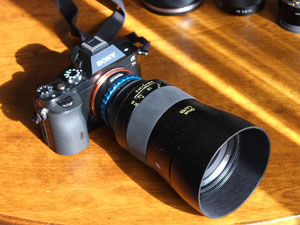
That would certainly have been a great help with the birds I took on the side of the Sinobazu Pond. As it was, the man feeding them, was very cooperative in not moving his hand one inch toward or away from the camera.
For handheld photography with the Otus you will need formidable biceps and strong wrists. Yes, the manual focus could hardly be accomplished more smoothly, but at one kilogram added to your camera, you need support if you go out for more than a short walk.
As a tip, try a carbon monopod like the Gitzo GM2561T in a belt pouch, with a Novoflex Magic Ball — or the surprisingly little known Alzo Camera Flipper which is a bit heavier but very precise, will give your arms a rest.
Using the Otus only on a tripod, I indulged in a bit of view camera nostalgia. Very deliberate framing and patient adjusting; fortunately without the film holders. With the autumn leaves, which I thought would be a proper subject, the wind was again my biggest enemy as it had been in my large format days.
I was surprised how much street photography was possible, notwithstanding the tripod. People hardly seemed to notice, perhaps because I had to wait long from a fixed position for the right moment, for the right facial expressions of the little family in a little hole-in-the-wall eatery, for instance.
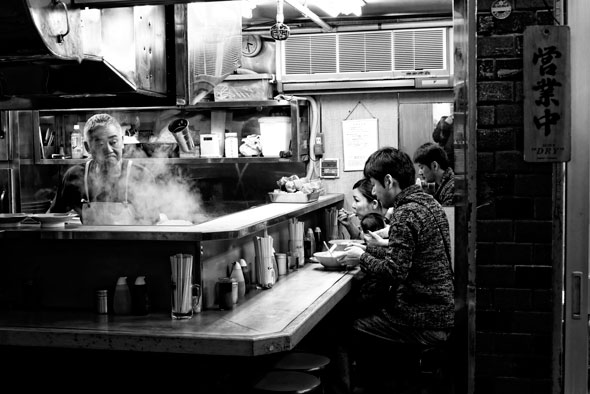
For all my critical remarks about the bokeh mania, I think that the unsharpness of the girl taking a picture with her tablet of the Kaminarimon lantern, and of the two couples greeting each other actually works well; blow-uppable, to A2 at least.
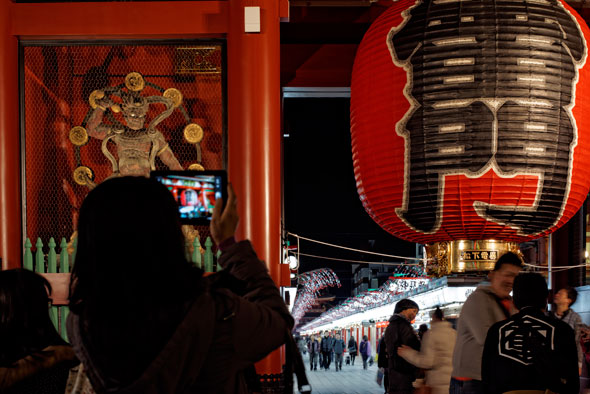
As with writing, one of the worst things you can do is to begin liking your own work more than for a short and furtive moment. But the only Otus photographs I am likely ever to make did not disappoint me.
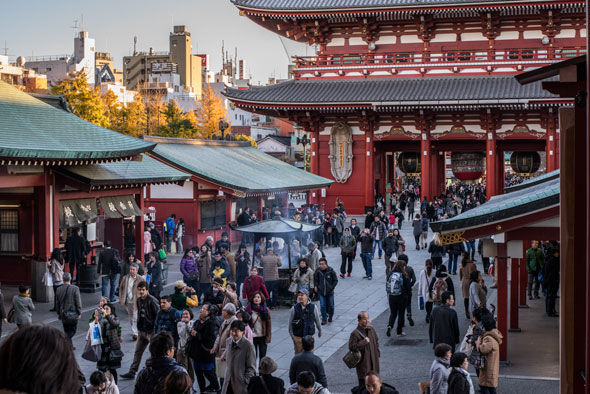
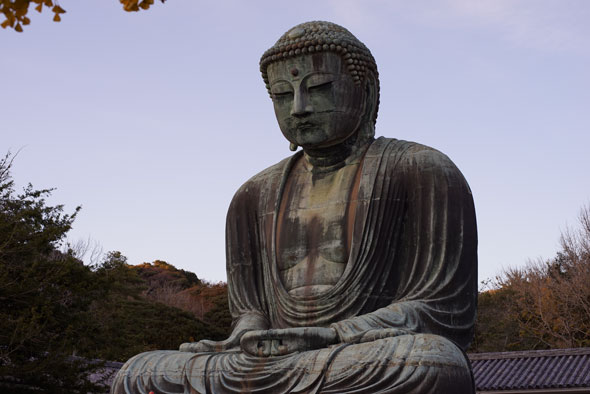

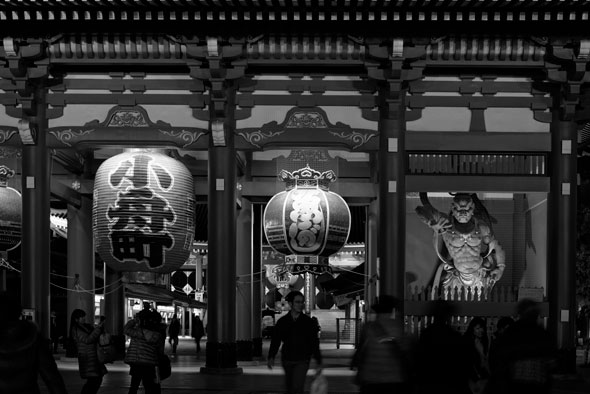


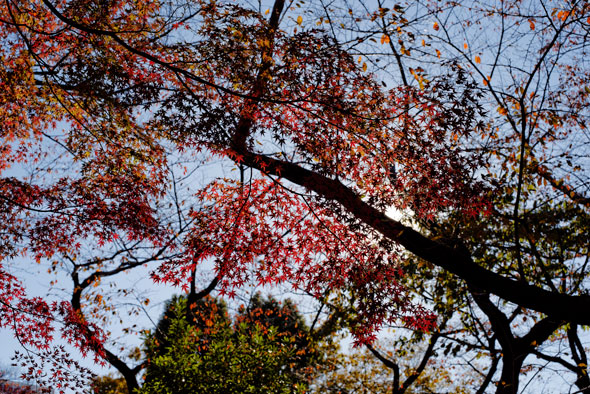
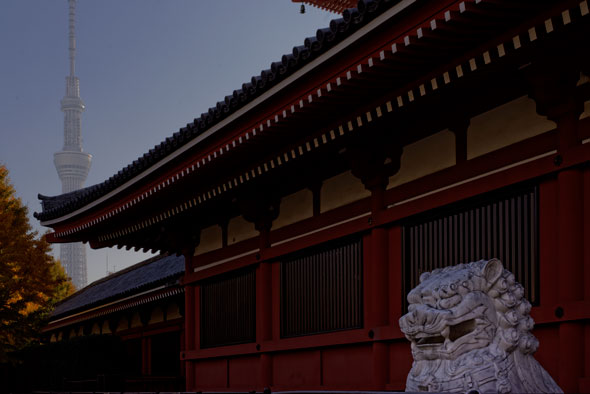
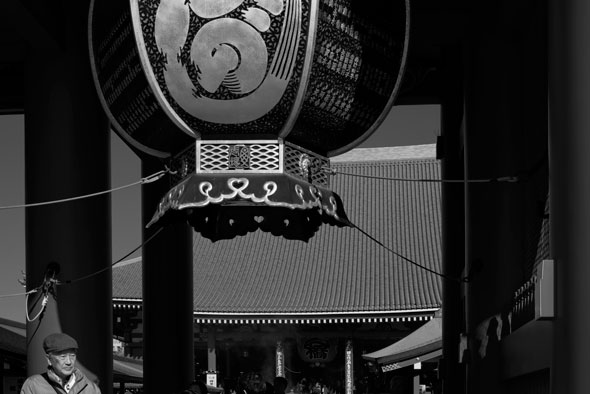
+++ You can order the Zeiss 55mm F1.4 Otus Distagon T* from B&H (Canon/Nikon) and Adorama (Canon/Nikon) — or eBay for cannot-resist early birds…


